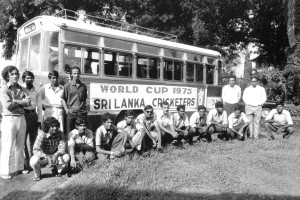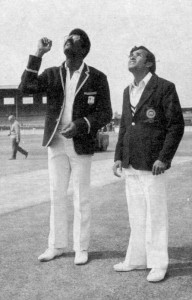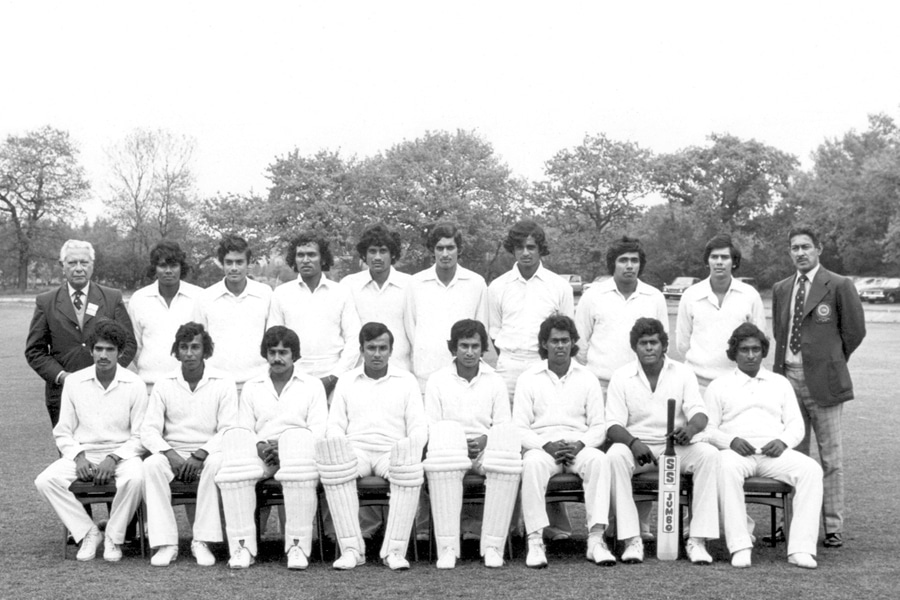I thought it would interest Cricket enthusiasts to know how Cricket in Sri Lanka has evolved from the time I represented the Country in the 1960s and 1970s. Then the game was played purely for enjoyment and the honor of representing the country.
Players were not remunerated and did not have sponsors. They had to buy their equipment and meet all related expenses. Most players had regular jobs and were able to practice only after working hours and play during their spare time.
The Premier Tournament, the P. Saravanamuttu Trophy, was played on Saturdays and Sundays on a league basis. The leading clubs in Colombo and its suburbs participated and the team which had the highest points for wins and bonus points for runs scored and wickets taken was declared the winner. Pitches had no covers and helmets were not even thought of, which made batting on wet pitches an arduous task. In the mid-1970s a limited overs tournament was introduced.
Sri Lanka was not a full member of the ICC and had limited exposure to International Cricket. It was only when Test teams traveled through Colombo on their way to Australia or England that we were given a fixture. On the other hand, due to their close proximity to Sri Lanka, India and Pakistan toured the Island more often and invited Sri Lanka to tour their countries. Travel between match venues in India and Pakistan was by train and many journeys involved overnight travel in them, which was not the ideal way to prepare for the Un-Official Test matches as they were then designated. Sri Lanka recorded one win against India and two wins against Pakistan in Un-Official Tests. There was no TV coverage till the 1980’s and large crowds of spectators were present to witness club games as well as matches against visiting teams.

In 1979, to participate in the 2nd World Cup 50 Overs Tournament in England, Sri Lanka had to first play in a qualifying round against Associate Member Countries. We had already forfeited our first game to Israel due to the Islands’ political commitments, which put the Team under tremendous pressure as losing a game meant coming back home on the next flight. The team succeeded in winning the qualifying tournament and also pulled off a memorable victory over India at the Old Trafford in Manchester.
The progress we had made in the 60s and 70s and this victory over India prompted the ICC to seriously consider granting us full membership status. The ICC however had doubts about the suitability of Sri Lanka’s infrastructure facilities to stage International matches. The late Gamini Dissanayake dispelled this doubt in 1981 when he addressed the ICC and gave an assurance that infrastructure facilities will be improved to meet the requirements. Thus Sri Lanka was granted full ICC status which gave rise to a new era in Sri Lanka Cricket.

With the professional status, Sri Lanka Cricket made great strides, the pinnacle being the World Cup Victory of 1996 in Lahore Pakistan. Ever since, our cricketers have grown in confidence and self belief that they could compete on equal terms with any competition and the achievements of our wonderful legends who have emerged are on par with the best in World Cricket.
It must be said that the Cricketers of my era and those who played before us, purely for enjoyment, laid a good foundation for Sri Lanka Cricket to be where it is today.




















